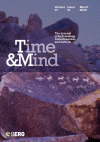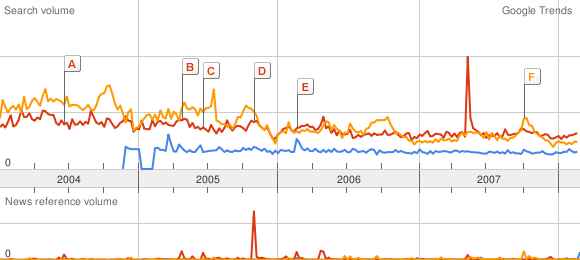by John Walsh
"Bicycle Day", 19 April, was later commemorated by acid enthusiasts because it was the first conscious "trip" and it had had – just about – a happy ending. But the doors to perception are, for some truth-seekers, booby-trapped and dangerous. When LSD was co-opted by medical staff for recreational use, two decades after Hoffman's bike ride, users learnt the hard way how impossible it was to control the wild ride once it had started.
At Oxford in the early 1970s, we were frankly intimidated by the drug's reputation. We all wanted to try it, but were too chicken. The word in the quad was: if you had any secret hang-ups, mental instabilities, phobias, sexual inadequacies or social insecurities (the kind that surface in dreams,) you were wise of steer clear of acid. We knew when one of us was going to try it. "Tonight," I'd hear during dinner in hall, "Roger's tripping for the first time. But he'll have Will and Ollie with him, so he'll be OK."
I've always remembered Roger's first trip (so, I'll bet, has he). We all knew he'd be fine because he was so perfect: cool, handsome, easy-going, a hit with the girls, a dead ringer, with his corkscrewy curls, for Marc Bolan of T. Rex. And he was rich; he owned a Morgan, which he casually parked in the back quad. We knew Roger would survive the experience and bang on about it, like he banged on about his Bang and Olufsen state-of-the-art hi-fi.http://tinyurl.com/4kc8fl 

